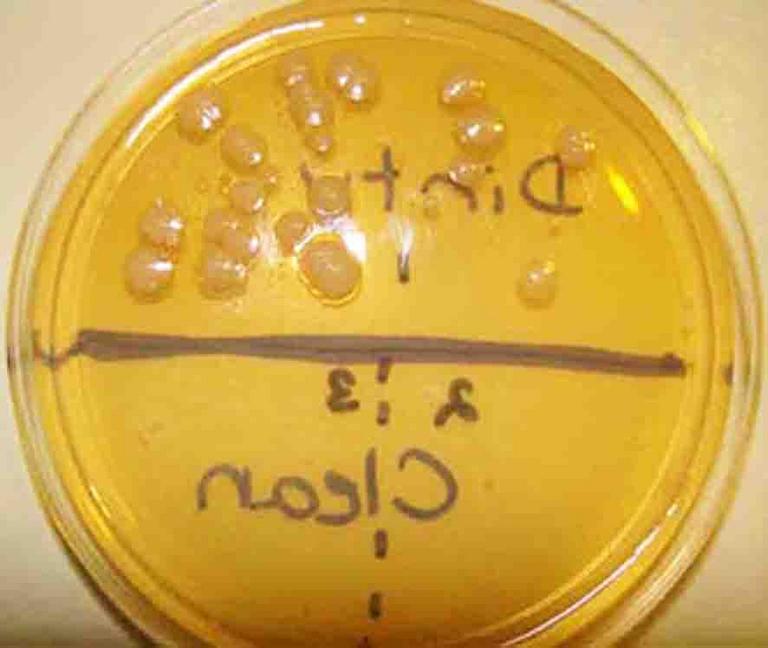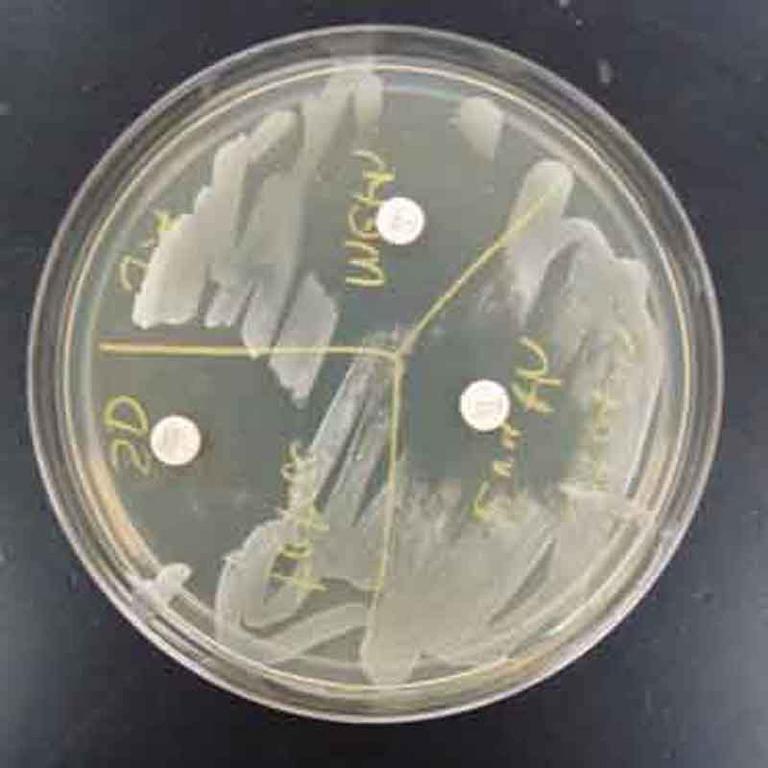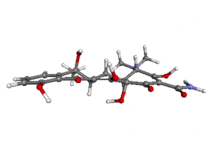 | ||||
Mode of Action of
Tetracycline Antibiotics
There are many different classes of antibiotics
each exerting a different type of inhibitory effect that specifically impacts bacteria. Bacterial cells are
prokaryotic; primitive cells that differ significantly from humans’
Article Summary: Antibiotics are chemotherapeutic agents used to inhibit or kill bacteria. But how do tetracyclines destroy these microbes without hurting our cells?
MOA of Tetracycline Antibiotics
SPO VIRTUAL CLASSROOMS
Tetracyclines exert their bacteriocidal effect by interfering with protein synthesis (translation) in bacterial cells.This article is part of an antibiotic MOA serites. Each article in this series covers a specific class of antibiotic and includes the following information:
 | ||||||
HOME MICROBIOLOGY EXPERIMENT FROM SPO
TSY agar with sample from dirty dishes on top (note bacterial colonies that grew), and sample from cleaned dishes on bottom.
- a list of the specific antibiotics that fall in the class (generic and brand names)
- mode of action
- type of infection the antibiotic class to against
- type of bacteria inhibited or killed
- pros and cons of using the class of antibiotics
Main Classes of Antibiotics
- Cephalosporins (a Beta-lactams)
- Penicillins (a Beta-lactam)
(Fluoroquinolones)
- Sulfonamides (Sulfa Drugs)
- Tetracyclines
Tetracycline Antibiotics
Discovered in the lat 1940s, tetracyclines are a family of broad spectrum antibiotics used to treat a wide range of bacterial infections. The original tetracyclines were derived from Streptomyces bacteria, but the newer derivatives are semi-synthetic.
Some representative tetracyclines include:
- tetracycline
- doxycycline
- minocycline
- panmycin
- terramycin
- trimocycline
Tetracycline Mode of Action
Tetracyclines exert their bacteriostatic effect by inhibiting protein synthesis in bacteria. This antibiotic prevents transfer-RNA (tRNA) molecules (a type of nucleic acids which transport amino acids) from binding to the 30S subunit of bacterial ribosomes.
It is possible for tetracyclines to inhibit protein synthesis in the eukaryotic cells of the host, but the drug is less likely to reach the required concentrations in humans because eukaryotic cells do not have a tetracycline uptake mechanism.
Antimicrobial Spectrum of Tetracyclines
Tetracyclines are broad spectrum antibiotics which exhibit activity against a wide range of microbes including both Gram-positive (Gram+) and Gram-negative
(Gram-) bacteria, chlamydias, mycoplasmas, rickettsiae, as well as some protozoan parasites.
TSY agar inoculated with Staphylococcus. Three antibiotic sensitivity disks appear on this medium: bacitracin, erythromycin, and tetracycline (clockwise from top). Note the "zone of inhibition" around each antibiotic disk. The larger the zone of bacterial inhibition, the more effective the antibiotic is against the bacteria.
Tetracycline molecule ball-and-stick animation.
Page last updated:
8/2015
You have free access to a large collection of materials used in a college-level introductory microbiology course. The Virtual Microbiology Classroom provides a wide range of free educational resources including PowerPoint Lectures, Study Guides, Review Questions and Practice Test Questions.
The SPO website is best viewed in Microsoft Explorer, Google Chrome or Apple Safari.






